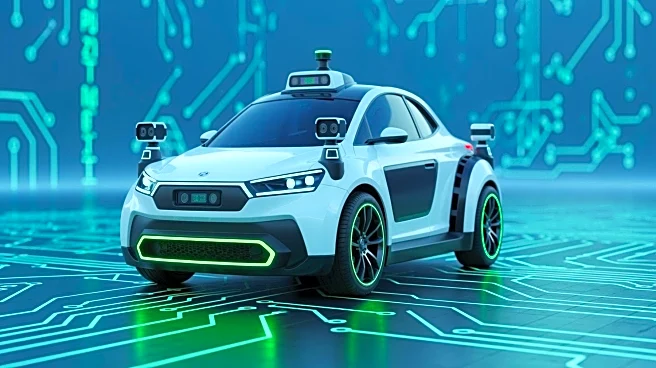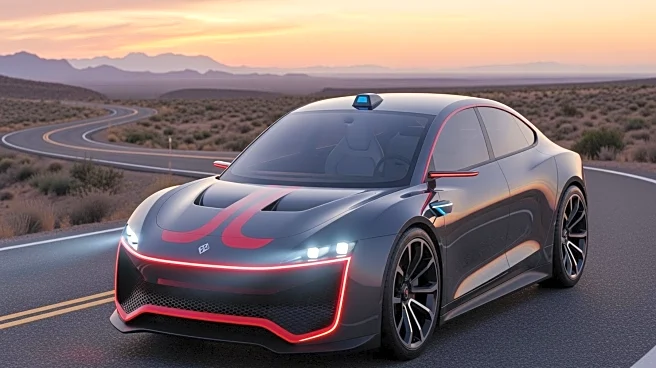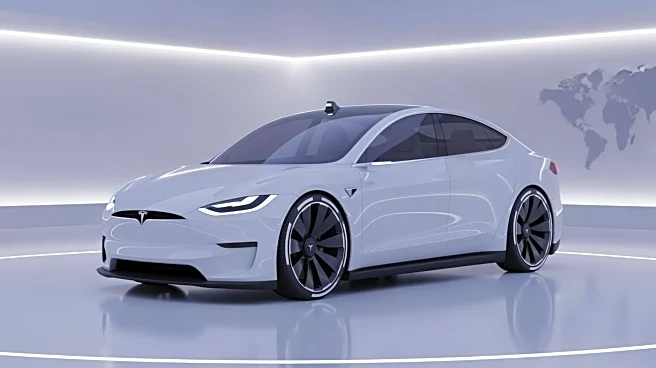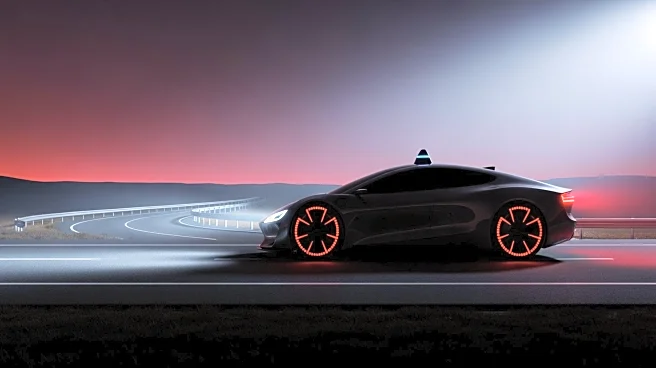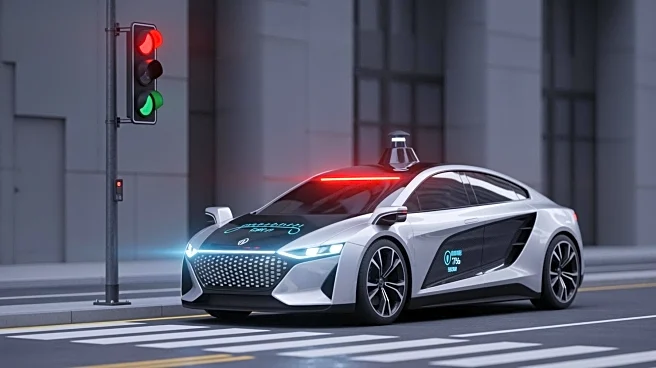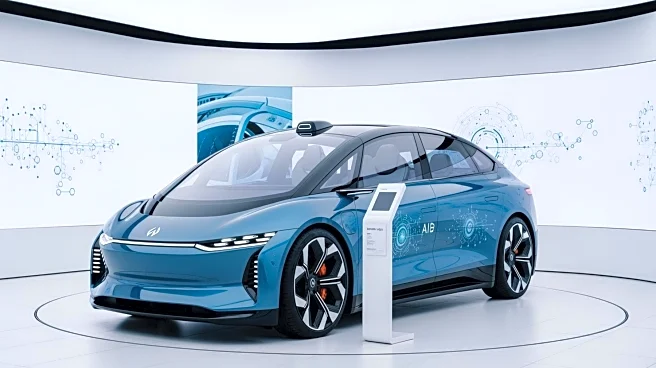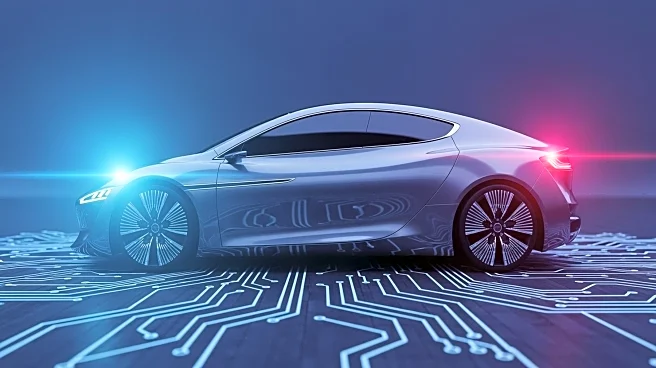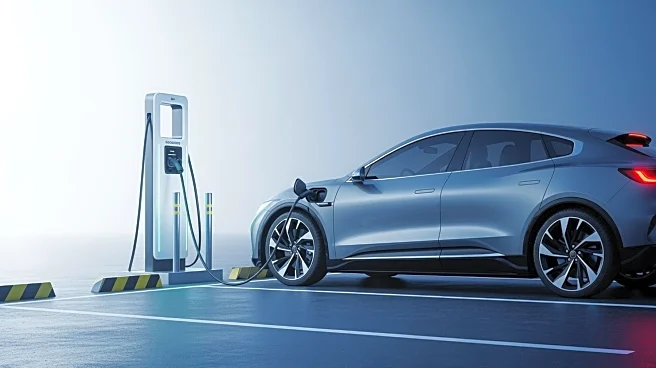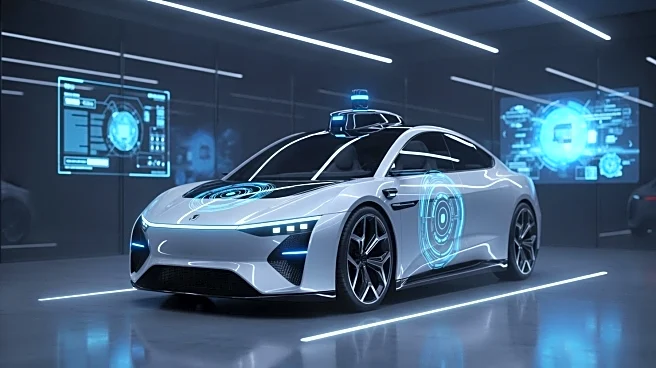What's Happening?
Tesla has officially expanded the rollout of its latest Full Self-Driving (FSD) version 14 to a broader range of vehicles beyond the Early Access Program (EAP). This move comes after several weeks of refinement
and testing, addressing initial issues such as brake stutter. The new version introduces features like the Mad Max Speed Profile, which mimics human-like driving with consistent lane changes and speed adjustments. The rollout now includes Model S and Model X vehicles, in addition to Model 3 and Model Y, although the Cybertruck is not yet included. Tesla's rapid iteration of version 14, with three updates in two weeks, highlights its commitment to improving the software.
Why It's Important?
The wider rollout of Tesla's FSD version 14 is significant for the automotive industry and consumers, as it represents a step forward in autonomous driving technology. By expanding the availability of this software, Tesla is enhancing the driving experience for more users, potentially increasing safety and convenience. This development could influence the competitive landscape, prompting other automakers to accelerate their own autonomous vehicle technologies. For Tesla, successful deployment of FSD could bolster its market position and drive further adoption of its vehicles, impacting sales and brand loyalty.
What's Next?
As Tesla continues to refine and expand its FSD software, the next steps may include addressing the inclusion of the Cybertruck in the rollout. The company is likely to focus on resolving any remaining issues and enhancing features to ensure a seamless experience for all users. Stakeholders, including consumers and industry competitors, will be watching closely to see how Tesla's advancements influence the broader adoption of autonomous driving technologies. Regulatory bodies may also play a role in shaping the future of FSD deployment, ensuring safety standards are met.
Beyond the Headlines
The expansion of Tesla's FSD software raises ethical and legal questions about the future of autonomous driving. As more vehicles become equipped with self-driving capabilities, discussions around liability in the event of accidents and the impact on driving-related jobs will become increasingly relevant. Additionally, the cultural shift towards accepting autonomous vehicles may influence urban planning and transportation policies, as cities adapt to new mobility solutions.
